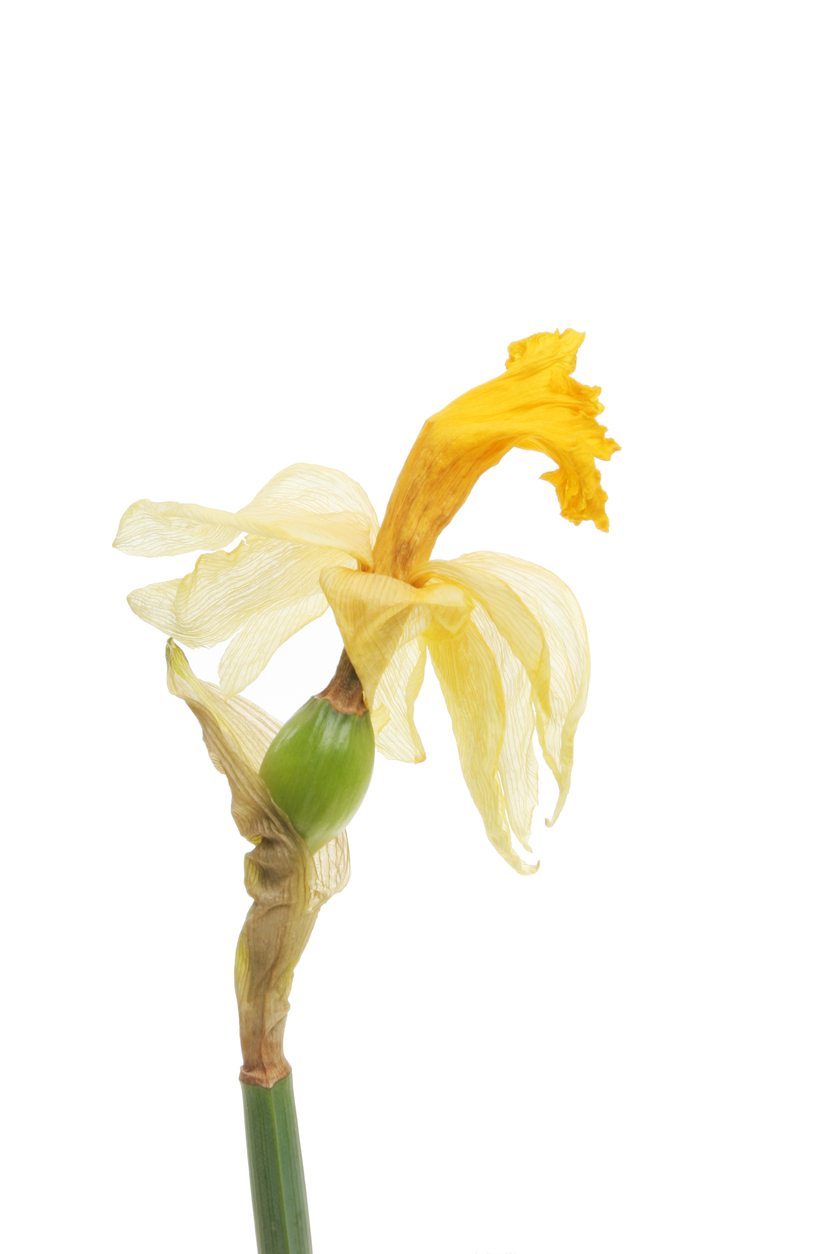Bulb Seed Propagation: Can You Grow Bulbs From Seeds


If you have a favorite flower bulb that is hard to find, you can actually grow more from the plant's seeds. Growing flowering bulbs from seeds takes quite a bit of time and some know how, but it is cheaper than purchasing bulbs and allows you to save uncommon specimens. Flowering bulb seed propagation is common where a plant is rare or cannot be imported. Germination can be anywhere from two weeks to three years depending on the species, and you might have to wait for up to seven years for your first flower, but don't let that discourage you. The effort made in growing flowering bulbs from seed is worth it for any unusual or hard-to-acquire species.
Can You Grow Bulbs from Seed?
Flowering bulbs offer diverse color and form during several different seasons. Gardening with bulbs also allows you to experiment with plants from around the world. Many of these are banned from import or are simply difficult to find. That is where growing bulbs from seed can be advantageous. Can you grow bulbs from seed? A few tips on how to grow bulbs from seed can help start you on the road to successfully propagating your favorite plants. Flowering bulbs often reproduce by naturalizing or developing more bulbs in a cluster under the earth. They may also produce bulbils and seed. Reproducing a favorite specimen from seed is not possible with all species and may require some special treatment to force the seed to germinate. First, you should figure out where to get flowering bulb seeds. Some are available in seed catalogs but the bulk will be found in trading forums and collector’s sites. Any flowering bulb that you already have can be allowed to go to seed and you can collect this yourself for free. Once the petals fall away from the flower, allow the seed to ripen for several weeks. Then, remove the seeds and store them until ready to use. The exceptions to this are Erythronium and Trillium species, which should be sown immediately when fresh.
Storing Seeds from Bulb Plants
Sowing seed at the correct time is the key to success. This means many varieties will need to be stored until the conditions are optimal for germination. Lilies and Fritillaria can be stored for up to three years if dried and placed in paper envelopes in a cool, dry area without direct light. Most other seeds can be stored in fine, dry sand in a cool area. Spring bloomers, like Crocus and Narcissus, should be sown in September for the best chance of germination. Summer blooming plants, like many lilies, will be planted in late winter. Hardy bulbs need exposure to some cold and can be sown in cold frames or you can pretreat the seeds in the refrigerator for several months. Tropical bulb seeds should be sown and grown indoors where temperatures are steadily warm. Remember, flowering bulb seed propagation can be unpredictable, which is why most common plants are sold as bulbs. Additionally, due to hybridizing and cloning, results from seed may vary from the parent plant, but you might come up with something even more exciting.
How to Grow Bulbs from Seed
Many experts say to sow seed thinly since the seedlings will remain in the container for several years as they develop. Others say to sow thickly to increase the chances of germination and more plants that can be thinned later on. Either way, a good medium to use is compost or seed starting mix with 1 part horticultural sand added. Flats or individual 2 inch (5 cm.) pots are appropriate, filled with premoistened medium. Tiny seeds are sown on the surface of the material while larger seeds should have a light coating of sand. Keep the medium lightly moist until germination occurs. Watch for damping off and thin seedlings once little sprouts are observed. You can move the containers outdoors during the spring and summer months and grow them as you would any bulb. After 12 to 15 months, pick out individual plants and pot them up separately to continue development.
Sign up for the Gardening Know How newsletter today and receive a free copy of our e-book "How to Grow Delicious Tomatoes".

Bonnie Grant is a professional landscaper with a Certification in Urban Gardening. She has been gardening and writing for 15 years. A former professional chef, she has a passion for edible landscaping.